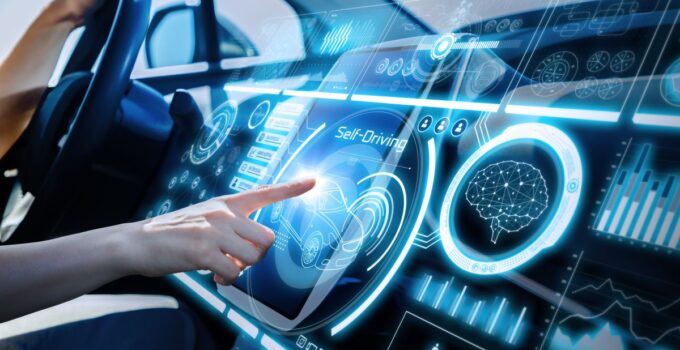In the rush to embrace driver assistance technologies, are we trading our freedom and privacy for convenience? These innovations promise safer roads, but there’s a darker side that manufacturers and governments don’t want you to see. Here’s why you should be concerned about what’s really driving this technological revolution.
1. The Hidden Costs of Convenience

Image Credit: Shutterstock / NATNN
Driver assistance technologies, such as adaptive cruise control and lane-keeping assistance, offer convenience but come with hidden costs. These systems rely on a vast array of sensors and cameras, which are expensive to repair or replace. The cost of maintaining these systems can be prohibitively high, leading to unforeseen expenses for vehicle owners.
2. Privacy Invasion

Image Credit: Shutterstock / fizkes
Modern cars equipped with driver assistance technologies collect an enormous amount of data about your driving habits, locations visited, and even conversations. This data is often shared with manufacturers and third-party companies, raising serious privacy concerns. The potential misuse of this data by corporations and governments cannot be ignored.
3. Vulnerability to Hacking

Image Credit: Shutterstock / Virrage Images
The integration of advanced technologies in vehicles makes them susceptible to hacking. Hackers can potentially take control of a vehicle’s systems, leading to dangerous situations on the road. The cybersecurity of these systems is often overlooked, leaving drivers at risk of malicious attacks.
4. Dependence on AI
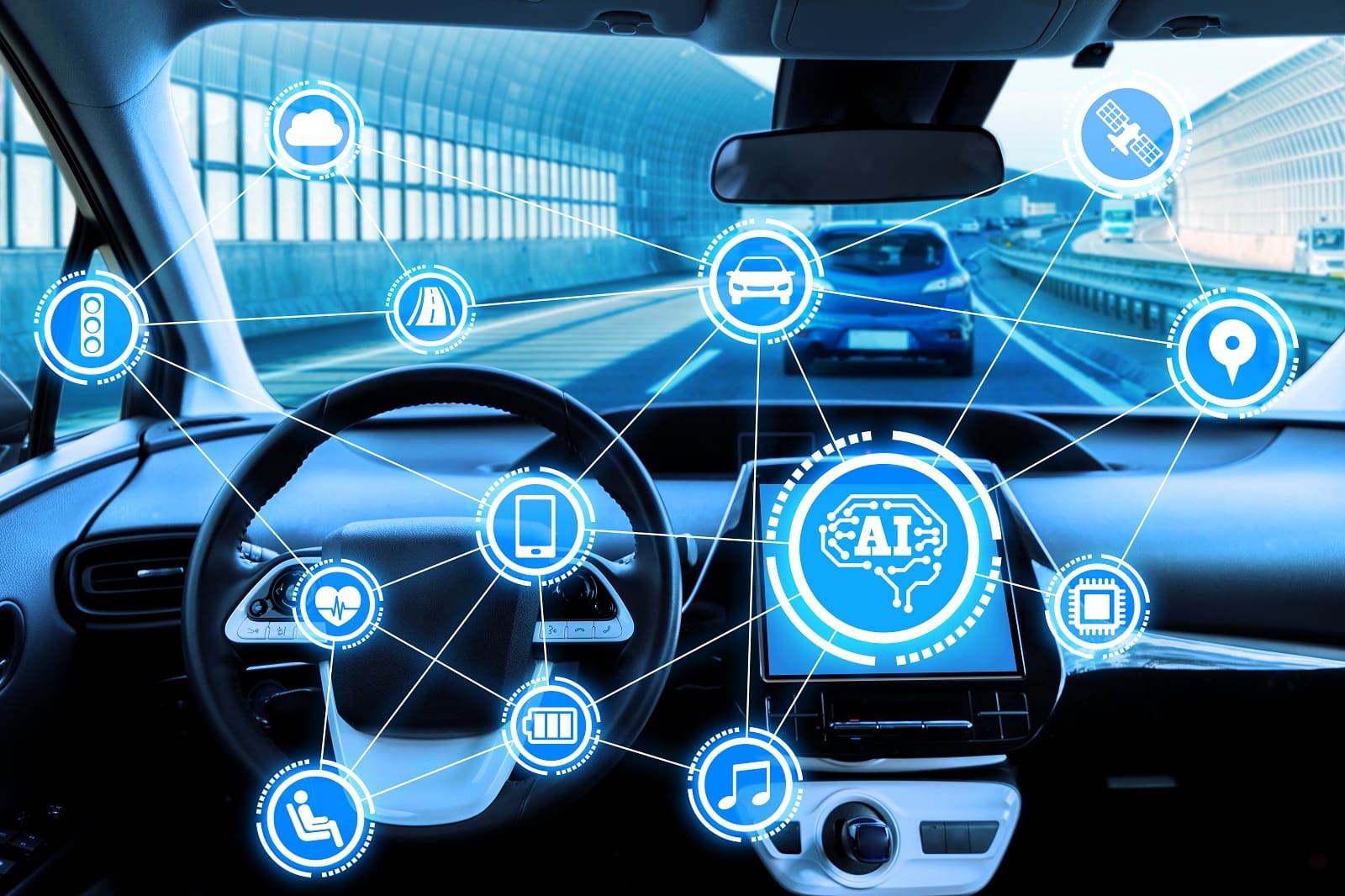
Image Credit: Shutterstock / metamorworks
Driver assistance systems rely heavily on artificial intelligence to make split-second decisions. However, AI is not infallible and can make mistakes, sometimes with catastrophic consequences. The reliance on AI reduces the driver’s control and increases the risk of system failures leading to accidents.
5. Erosion of Driving Skills
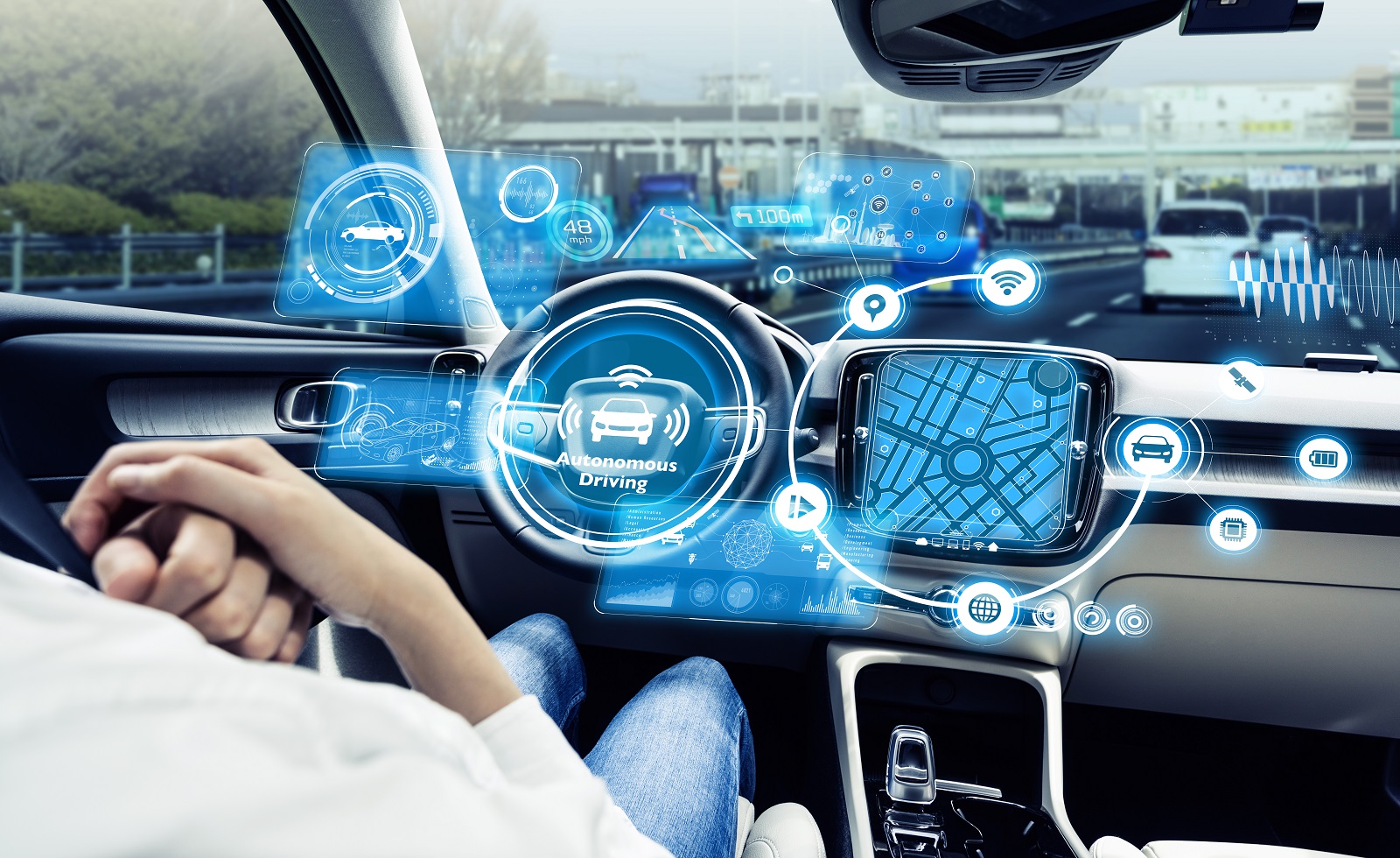
Image Credit: Shutterstock / metamorworks
As drivers become more dependent on these technologies, their driving skills and situational awareness can deteriorate. This dependency can result in drivers being less prepared to handle emergencies when the technology fails or operates outside its capabilities.
6. Government Surveillance

Image Credit: Shutterstock / Africa Studio
There is a growing concern that driver assistance technologies can be used for government surveillance. The data collected by these systems can be accessed by authorities, potentially leading to an invasion of personal privacy and civil liberties. The integration of these technologies into everyday vehicles could be a tool for mass surveillance.
7. Big Tech Control

Image Credit: Shutterstock / Digitala World
The development and implementation of driver assistance technologies are dominated by a few major tech companies. This concentration of power raises concerns about monopolistic practices and the influence of big tech on the automotive industry. It also raises questions about the impartiality and ethical considerations in the deployment of these technologies.
8. Legal and Ethical Dilemmas

Image Credit: Shutterstock
/ Frame Stock Footage
Driver assistance technologies introduce complex legal and ethical dilemmas. In the event of an accident, determining liability can be challenging when both human drivers and automated systems are involved. This ambiguity can lead to prolonged legal battles and difficulties in obtaining justice for victims.
9. Economic Impact on Jobs

Image Credit: Shutterstock / Flystock
The rise of driver assistance and autonomous driving technologies threatens jobs in the transportation sector. Truck drivers, taxi drivers, and delivery personnel could face unemployment The rise of driver assistance and autonomous driving technologies threatens jobs in the transportation sector. Truck drivers, taxi drivers, and delivery personnel could face unemployment as these technologies become more widespread, leading to significant economic and social challenges. as these technologies become more widespread, leading to significant economic and social challenges.
10. False Sense of Security

Image Credit: Shutterstock / FGC
These technologies can create a false sense of security among drivers, leading them to over-rely on automated systems. This over-reliance can result in complacency and increased risk-taking, potentially leading to more accidents rather than fewer.
11. Regulatory Challenges
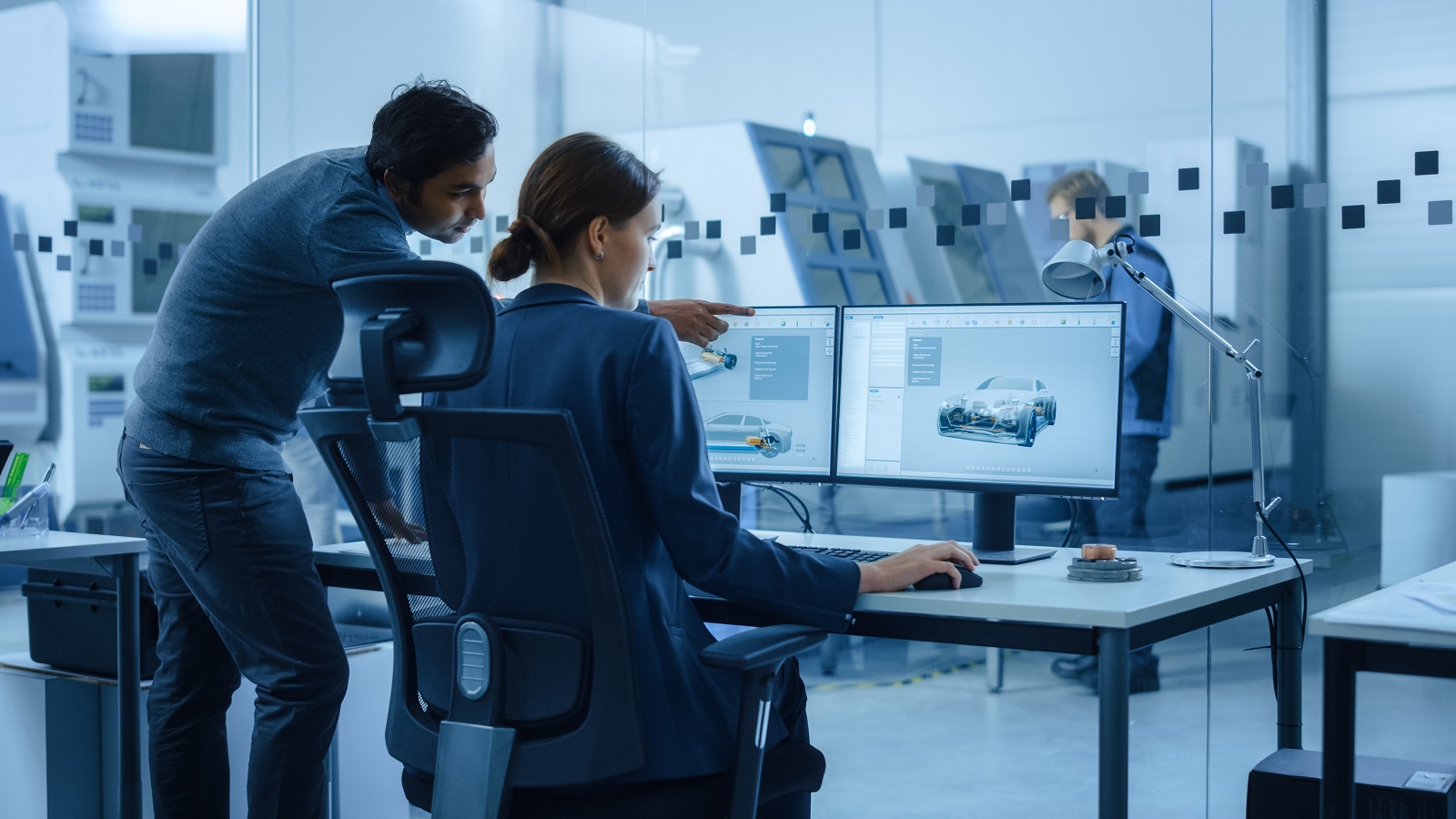
Image Credit: Shutterstock / Gorodenkoff
The rapid advancement of driver assistance technologies outpaces regulatory frameworks. This lag means that many of these systems are deployed without adequate oversight or safety standards, posing risks to public safety and consumer protection.
12. Impact on Personal Freedom
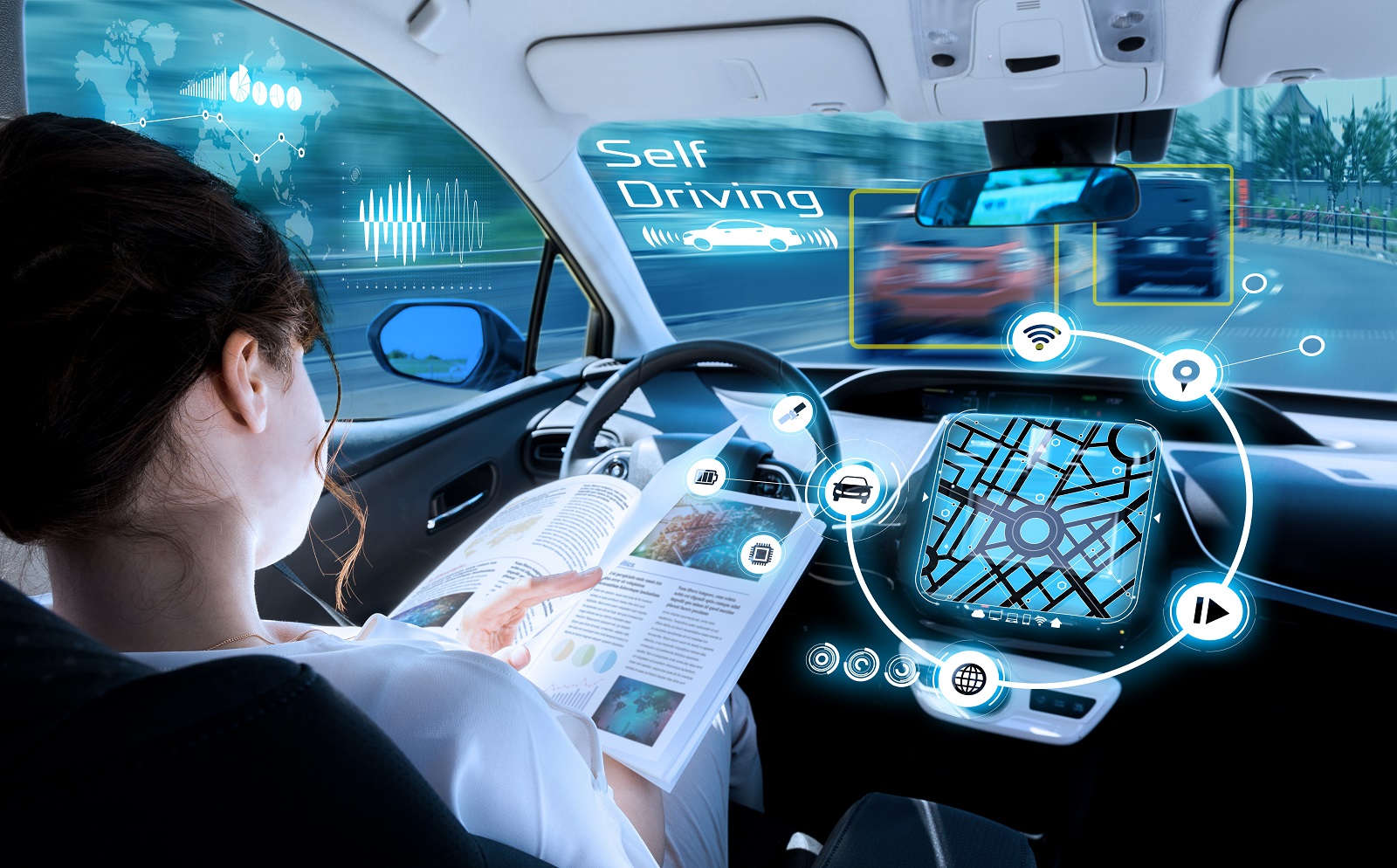
Image Credit: Shutterstock / metamorworks
The widespread use of driver assistance technologies can impact personal freedom. The data collected by these systems can be used to monitor and control individuals’ movements and behaviors, leading to potential abuses of power by both corporations and governments.
13. Ethical AI Decisions

Image Credit: Shutterstock / metamorworks
Driver assistance systems often have to make ethical decisions, such as choosing between two harmful outcomes in an unavoidable accident. The programming of these decisions raises significant ethical concerns about whose lives are valued more and who gets to make these decisions.
14. Insurance Implications

Image Credit: Shutterstock / CrizzyStudio
Insurance companies may use data from driver assistance systems to adjust premiums and policies. This could lead to higher costs for drivers who are deemed higher risk based on their driving data, creating financial burdens for many.
15. Environmental Concerns

Image Credit: Shutterstock / ignature Message
The production and disposal of the high-tech components used in driver assistance systems have environmental impacts. The extraction of rare earth metals and the energy consumption during production contribute to environmental degradation and pollution.
16. Limited Accessibility

Image Credit: Shutterstock /
VanderWolf Images
These technologies are often only available in high-end vehicles, creating a disparity in safety and convenience between different socioeconomic groups. This limited accessibility raises concerns about equity and fairness in the adoption of new automotive technologies.
17. Risk of Overregulation

Image Credit: Shutterstock / Gorodenkoff
In an attempt to address the risks associated with driver assistance technologies, there is a possibility of overregulation. Excessive regulatory measures could stifle innovation and slow down the development of potentially beneficial technologies.
18. Global Geopolitical Implications

Image Credit: Shutterstock / simon jhuan
The dominance of a few countries in the development of these technologies can lead to geopolitical tensions. Control over critical technologies can become a strategic advantage, leading to conflicts and power struggles on the global stage.
Big Brother Is Watching Your Drive

Image Credit: Shutterstock / Gorodenkoff
While driver assistance technologies promise to enhance safety and convenience, they come with significant hidden costs and risks. As consumers and citizens, it is crucial to stay informed and critically evaluate the implications of integrating such systems into our daily lives.
Police Magnet: 7 Cars That Guarantee You’ll Get Pulled Over
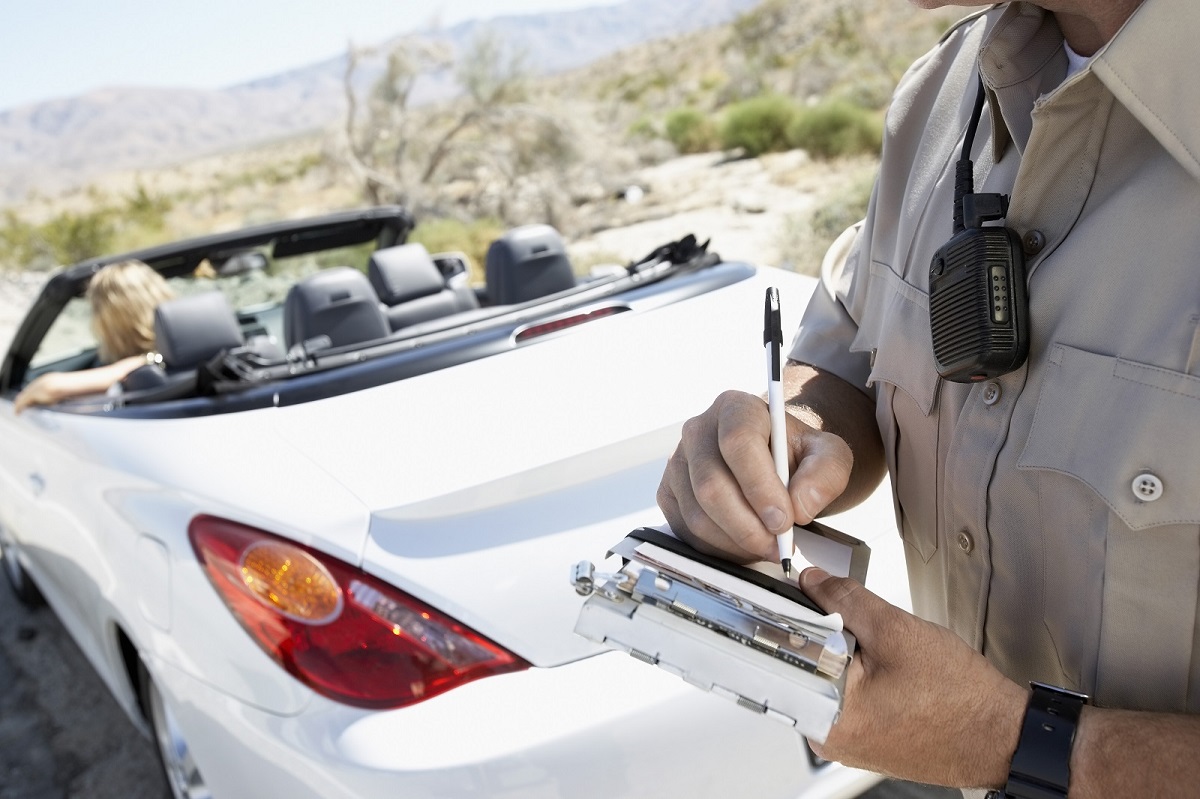
Image Credit: Shutterstock / sirtravelalot
Driving certain cars can make you more noticeable to law enforcement, even if you’re abiding by all the rules. Are you driving one of these “police magnets”? Here are seven cars that seem to attract more police attention than others. Police Magnet: 7 Cars That Guarantee You’ll Get Pulled Over
The Classic Cars That Were Total Clunkers

Image Credit: Pexels / Pixabay
Nostalgia has a funny way of making the past seem better than it was, especially when it comes to cars. But here’s the hard truth: some of those “classic” cars your dad raves about were real clunkers. Here’s a closer look at why some of those so-called “classics” weren’t all they were cracked up to be. The Classic Cars That Were Total Clunkers
The Worst U.S. Cars Ever Made: A Retro List
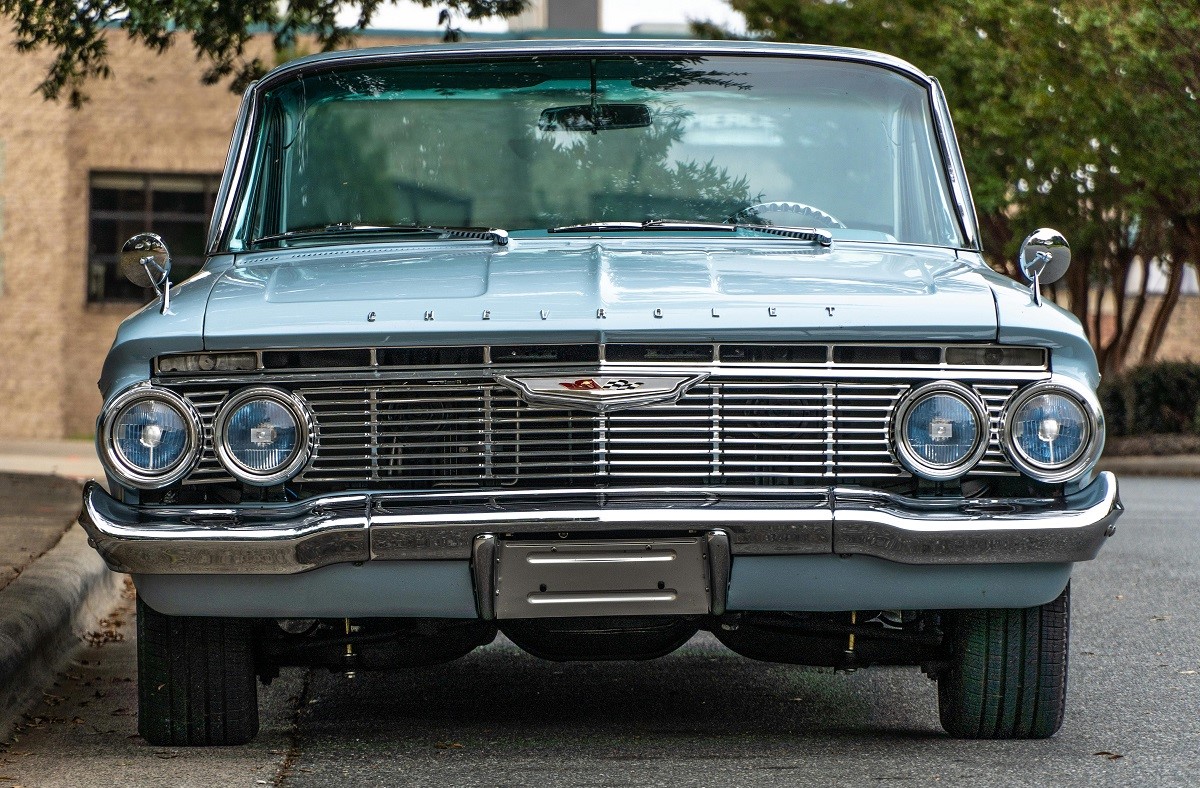
Image Credit: Pexels / Be The Observer
The U.S. auto industry has produced some incredible vehicles, but not every model was a hit. Here’s a look back at 16 of the worst cars ever made in the U.S., each infamous for its own unique flaws. The Worst U.S. Cars Ever Made: A Retro List
Featured Image Credit: Shutterstock / metamorworks.
For transparency, this content was partly developed with AI assistance and carefully curated by an experienced editor to be informative and ensure accuracy.
The images used are for illustrative purposes only and may not represent the actual people or places mentioned in the article.
